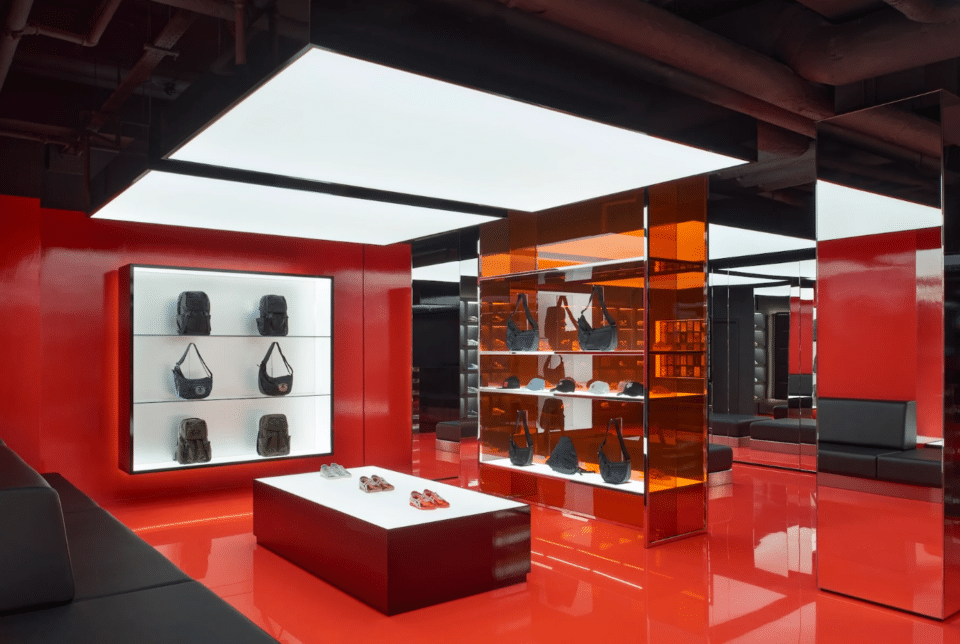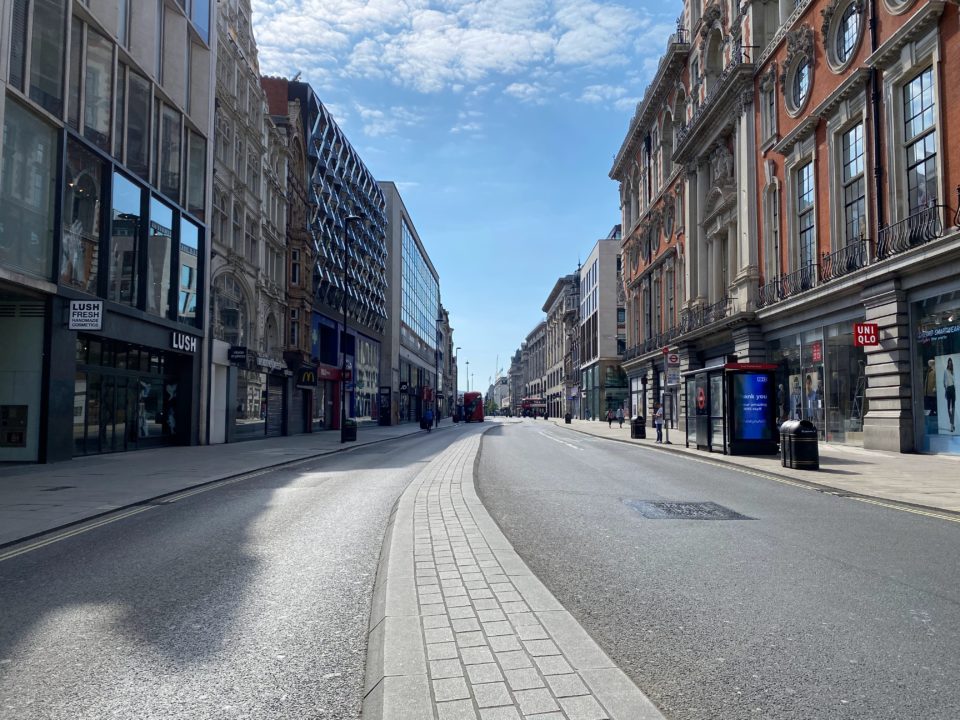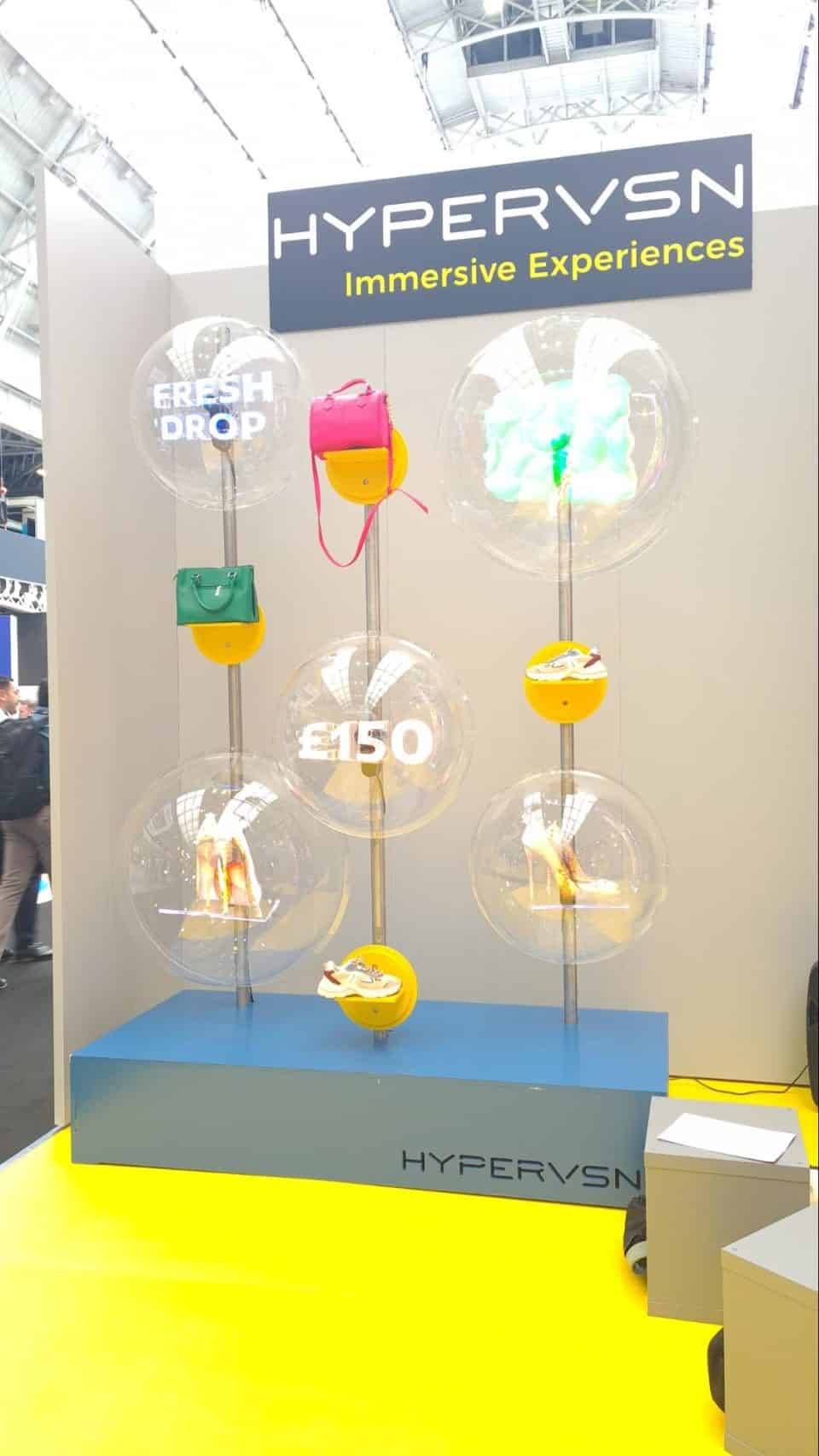What’s the next phase of retail’s tech innovations?
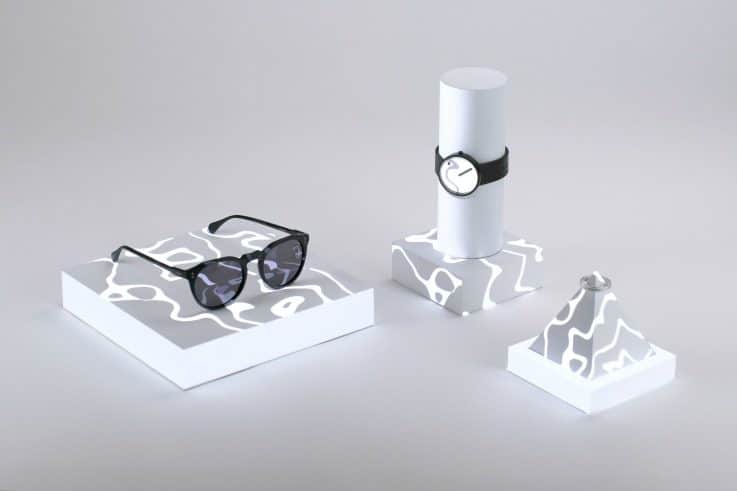
We’re all familiar with the idea of augmented reality (AR), virtual reality (VR) and the ever-growing raft of other new buzzy technologies. But what’s the next step for these developments now they’re part of our lives?
What happens when you go beyond digital advertising screens? What is the next phase of AR? How do you seamlessly combine the physical and digital?
We take a look at the new concepts coming to retail in the near future and those which are already pushing these technologies even further:
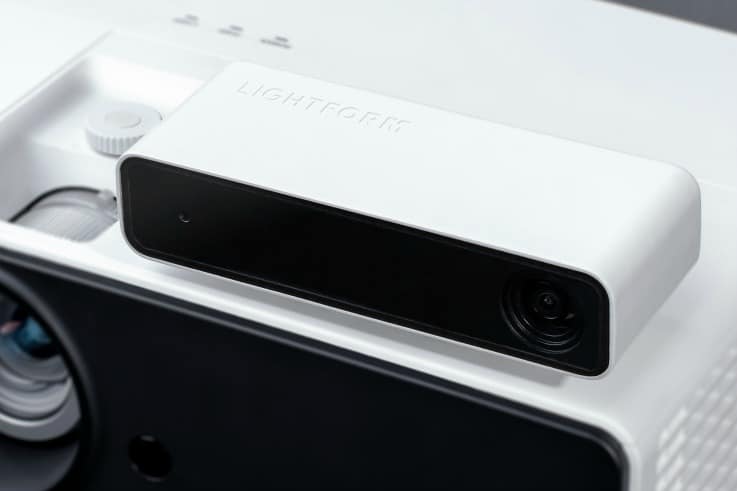
Image courtesy of Lightform
AR – interactive projection mapping
Interactive projection mapping may sound like something from a sci-fi novel, but it’s very much within retail’s reach.
Projection mapping lets any real-world object or surface become a canvas for digital display by projecting video content onto it. Interactive projection mapping takes this a step further with displays that respond to user movements.
Lightform is one company leading the way in projection mapping. Its aim is to create tools that connect the physical and digital worlds. The result is the world’s first computer for projected AR.
The system 3D scans a scene and then overlays digital effects and filters. Lightform continues to monitor the scene and adjusts itself to any changes, such as movement of products. The system is designed to plug-in to any projector. This makes it a cheap and flexible option for retailers looking to add AR in their stores.
Sony is also getting in on the act with the Xperia Touch projector. The portable system can turn any flat surface, such as a table, floor or wall into a touchscreen. The projected displays are interactive meaning they can respond to user gestures. Initial uses include games, recipes, social media messaging and more.
The Xperia Touch can also be used to watch online videos, which means that retailers could use it to project digital content onto different surfaces. For example a digital advert onto a wall or changeable navigation signs on the floor.
Retailers could use projection mapping tech to change the perceived layout of the store based on the movements a customer makes. Or it could be used to show colour options for a particular product. A kitchen and bathroom supplier could use it to project example designs and layouts onto a table when discussing options with clients.
As AR grows in prominence, developments like these are sure-fire ways of changing how digital interaction is brought into the physical retail space. Particularly given that brick-and-mortar retail is all about experiences that you can’t get elsewhere.
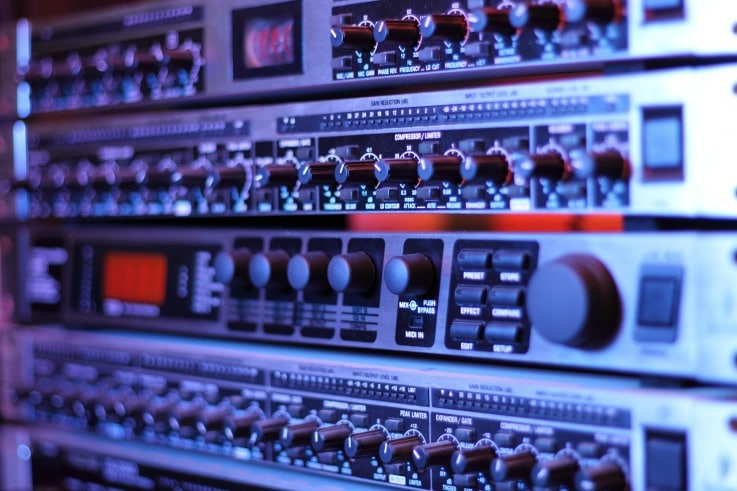
Photo by Anton Ponomarev on Unsplash
Beyond beacons – the next wave of digital adverts
You’ve probably also heard a lot about beacons, Google’s Physical Web, NFC and more. Compared to all of them FM radio seems incredibly old hat. Yet, the University of Washington has been exploring new ways to connect people and objects through the use of FM radio signals.
The FM Backscatter project makes use of a technique called ‘backscattering’ to transmit information. This means it reflects ambient FM radio signals that are already in the air, such as from radio transmissions, and encodes them with additional audio and data. This doesn’t impact the original radio transmission, but can be decoded by FM receivers, such as those in cars or smartphones.
This opens up a wealth of advertising and marketing opportunities as the system uses virtually no power. The University claims that it could run for several years on a single coin-cell battery. Traditional beacons on the other hand require a much larger power source, which may not make them ideal for every scenario, such as outdoor advertising.
Possible uses being explored in the project include posters that transmit snippets of music and even clothing that sends out information on the wearer. For retailers, the technology could really boost outside advertising efforts by offering an interactive element. Wearables are another key sector with huge potential. Customers who are looking to get fit for example, may well find data collected by their clothing incredibly useful.
So often, seeing is believing. We’re used to digital advertising screens whether that’s in-stores, shopping centres, public transport or other key people traffic spots. This familiarity means it can be easy to tune them out
Giving customers the ability to get more from an advert or tap into exclusive, additional content may actually help drive them towards a purchase. There’s also a simplicity to the FM Backscatter project and a sense of security that comes with using a proven technology – even if it is for another purpose.
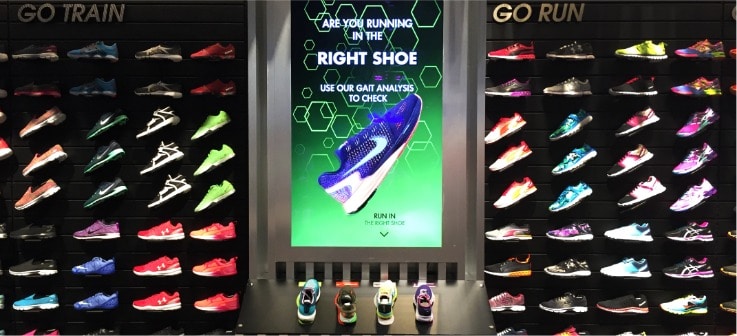
Image credit – Perch Interactive
Physical meets digital – interactive in-store displays
The idea of physical objects being able to trigger digital actions isn’t a new one, but it’s still hard to find many good examples of. Perch Interactive is one company focusing its efforts in this area.
Its digital/physical hybrid display options offer many of the benefits of online shopping within a real-life display unit. Customers can pick up an item and instantly see more information or options for it on the responsive touchscreen. For example picking up a beauty product might trigger tips or reviews, or a shoe might trigger different colour options.
The system also collates real-time information about customers, from engagement time to number of interactions, and helps retailers to analyse behaviour. The digitally-powered displays mean that new campaigns and content can be changed over quickly to help retailers see what is working for them.
One of the main reasons customers continue to visit physical stores to shop is the ability to touch, pick-up and feel products before they buy. Solutions like Perch Interactive help maintain that. They also enable customers to guide themselves further down the path of making a purchase.
Choice paralysis is also a very real concern when shopping. It can be hard to pick from the many different options available when from the outside there doesn’t seem to be much difference between them. Make-up, skincare, wine, tech are all examples of this. By triggering more detail or a customer review or a piece of advice when a product is interacted with, retailers can help customers differentiate between what’s on offer.
The scope for interactive displays that go beyond just digital screens continues to grow. Imagine a display with a built-in smart mirror. When a customer picks up an item of clothing the system automatically shows them what that item would look like on them.
Or what if picking up one item from one display triggered digital wayfinding directing customers to another complementary item on another display. Retailers could combine this with questions about what a customer is looking for to offer a digital personal shopping experience.
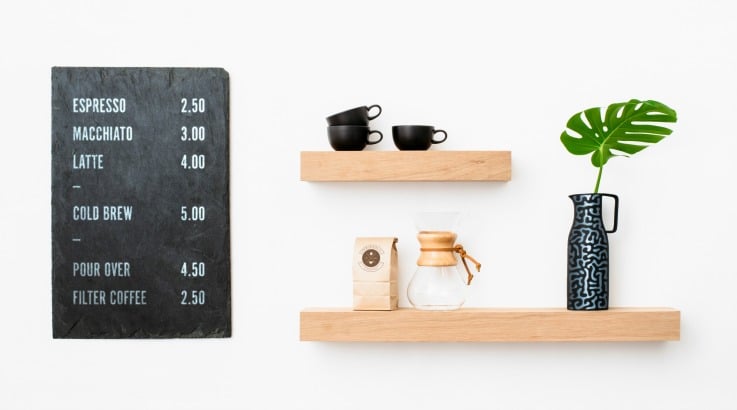
Image courtesy of Lightform
More to come
The rate of innovation is continuing to speed up and retail is not immune to this. Technologies that take hold with consumers and in other industries are also impacting the retail business.
It’s one thing to be prepared for that and to incorporate these developments into store models where they offer a customer or retailer benefit. But it’s another to be thinking about what the next iterations or applications of these technologies will be. And as these examples show, it’s still just the beginning.
Stay up-to-date with the latest retail developments with our guide to the unknown technologies shaping our future, as well as the rise of the retail robots.
Want insider insights on the latest retail trends? Get in touch to book one of our New York retail safaris and find out how to boost your business.

